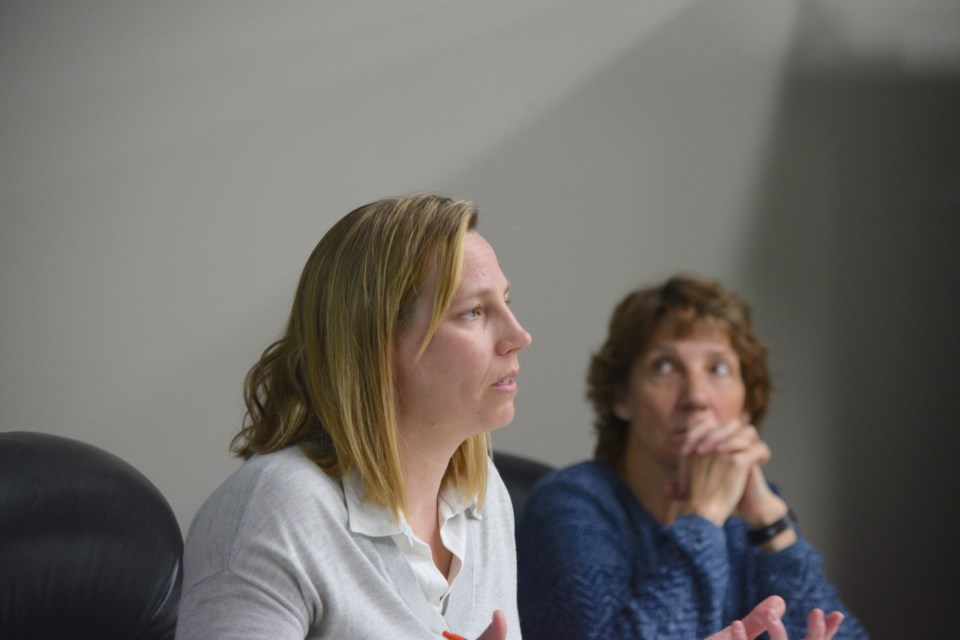BARRHEAD - Most County of Barrhead residential property owners will see an increase in the municipal portion of their 2024 tax bill.
This is not because the residential and farm mill rates have increased but because the value of their assessments has increased.
However, the non-residential mill rate, farmland, machinery and equipment, and the pipe and power categories will increase by two per cent.
On April 16, councillors approved the 2024 Property Tax Bylaw, setting the residential mill rate at 6.1431 mills, unchanged from 2023. The county set the mill rates for non-residential, farmland, and linear assessment categories at 18.1713 mills. The bylaw also keeps the minimum $50 property tax payment on all tax rolls that council enacted in 2023.
The mill rate is the tax payable per $100,000 of assessed value.
Later in the meeting, in separate motions council also approved the Tax Penalty Bylaw, setting the municipal property tax due date for Aug. 31.
The Alberta School Foundation Fund (ASFF) and Opted Out School Board (OOSB) of Evergreen CRSD have been set at 2.5232 residential and farmland properties. For non-residential properties, the rate is 3.3378 mills. The Barrhead and District Social Housing Association (BDSHA) requisition for seniors' housing rate is 0.2135 mills.
It is worth mentioning that the province sets the above rates, with municipalities collecting the rates on their behalf.
Finance director Tamara Molzahn said overall, including the school, social housing and designated property requisitions, which the municipality collects for the province, the municipality expects to take in $13,271,000 in total tax revenue.
As for what this year's mill rates will mean to the average county resident, Molzahn said that even though the municipality held the line on the residential mill rate due to an average two per cent increase in residential property assessments, for the average $250,000 residential property, taxes should be $2,220.
Out of the $2,220 average residential tax bill, roughly $1,010 will go towards transportation, i.e., roads and bridges. The requisitions, school and social housing, are the next largest portion at $504, followed by protective services at $182, general services and administration at $149, recreation and cultural services at $125, utilities and waste management at $68, legislative and elections at $61, planning and development at $58, community support services at $50 and agricultural services at about $13.
As for how the County of Barrhead tax rates compared with some of its Intermunicpal Collaboration Framework (ICF) neighbours, from 2017 to 2023, residential rates ranked second highest of six municipalities (ranging from 5.9020 to 6.1431 mills in the six years), with Woodlands County being the lowest (ranging from 2.7727 to 3.3062 mills) and the Town of Barrhead the highest (ranging from 8.599 to 9.2057 mills).
In terms of the mill rate for farmland, the County of Barrhead was the second highest (ranging from 16.5613 to 17.8150 mills) compared to Westlock County, which was the highest (ranging from 22.5232 to 28 mills), with Woodlands County, which was once again the lowest (ranging from 2.7727 to 3.3062 mills).
ICF agreements are established between neighbouring municipalities on various issues that impact both communities, such as recreation, shared water and sewer, and joint land planning.
Barry Kerton, TownandCountryToday.com



